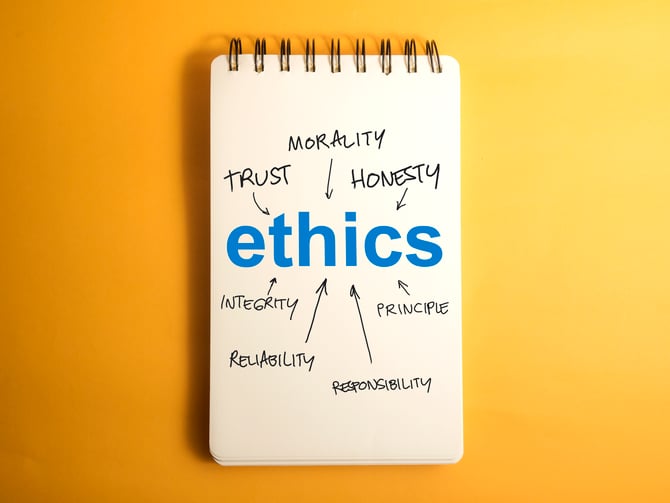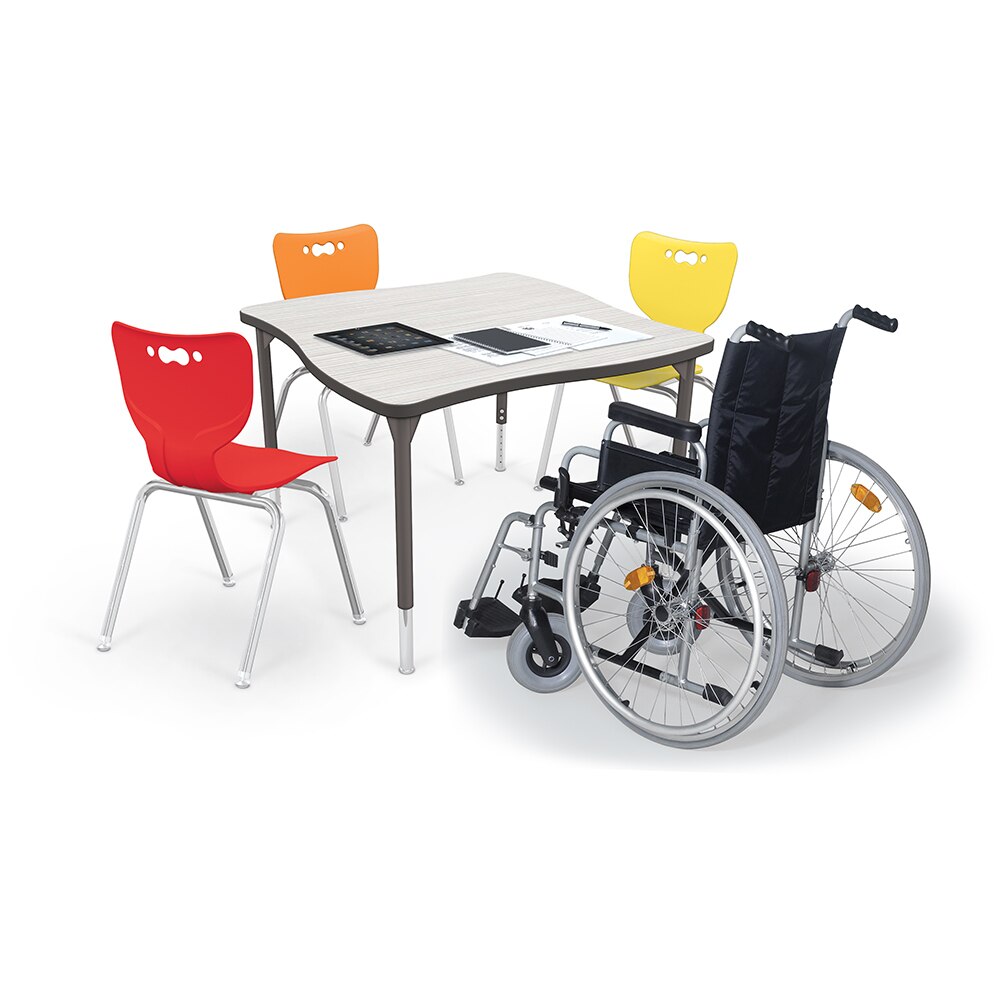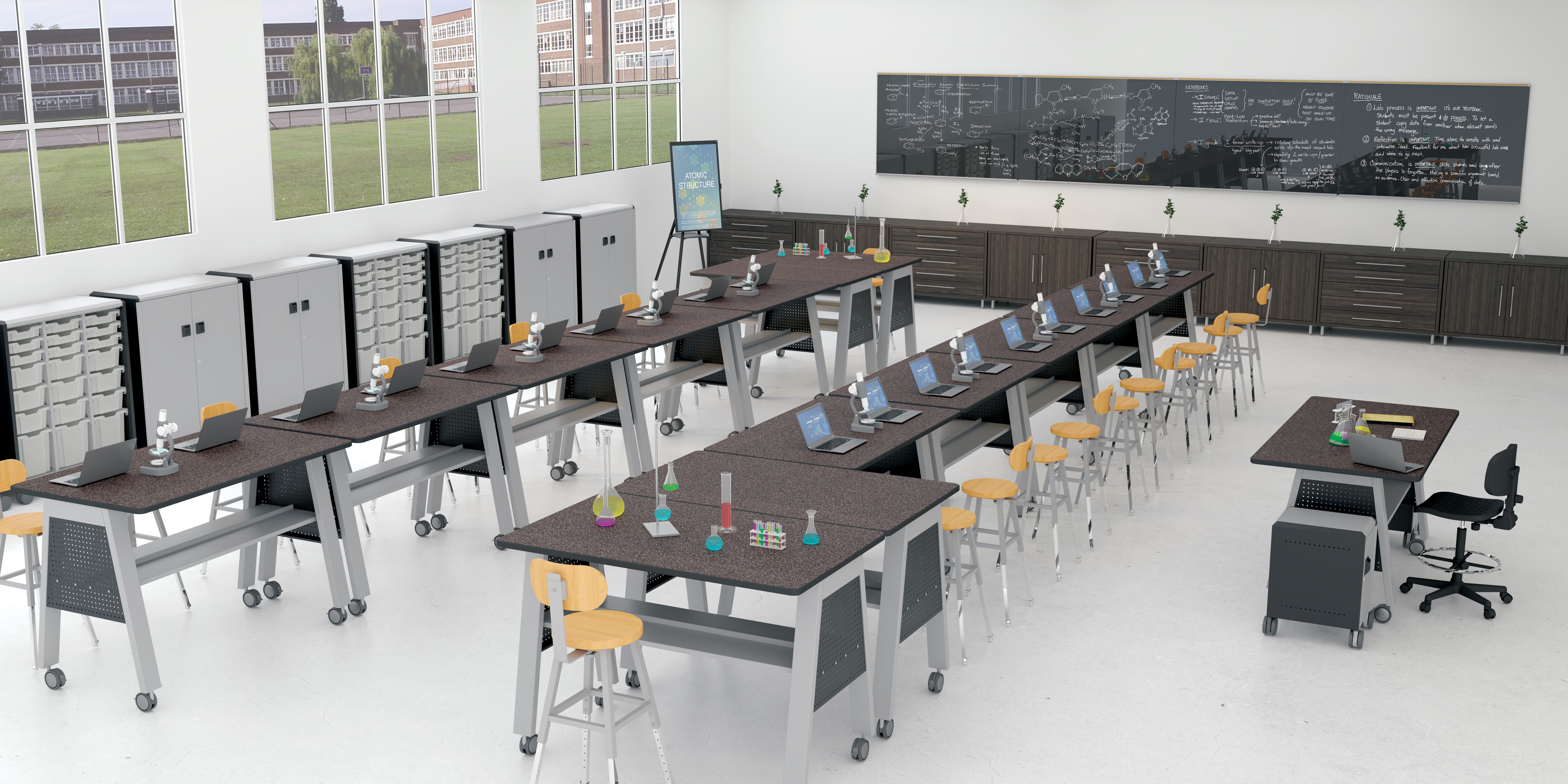Nurturing Morality, Empathy, and Equity in Classrooms
Posted by MooreCo Inc on May 24, 2021 3:42:39 PM

Nurturing Morality, Empathy, and Equity in Classrooms
The digital age has brought many gifts to civilization, including the opportunity to keep people connected despite a global pandemic that required people to distance themselves. But with all the positive opportunities created by technology, negative consequences abound. Depression and anxiety rates are up among adolescents. Some experts suggest this is because of access and addiction to social media and hand-held devices. 2020 highlighted the importance of unity, education, and self-awareness. But how can we nurture these virtues in students so that they create a more just and equitable world?
Behavioral Ethics in Higher Education

Behavioral ethics is the study of how people make the ethical choices, with or without their conscious awareness. Cara Biasucci on the Governing Board of the National Ethics Project and part of the Center for Leadership and Ethics at the University of Texas. Currently, she is writing about teaching behavioral ethics for the forthcoming book series Teaching Ethics Across the American Educational Experience: Models for Design, Instruction and Assessment of Learning.
She spoke at MooreCo's Thrive Forward webinar about the importance of Ethics Education in higher education and the workplace. Her presentation shed some light on the opportunities that can come from teaching students and young adults to be aware of their own motivations and biases. She points out that because the brain isn’t fully formed until the age of 24, ethics education in the early stages of adulthood can be extremely beneficial since it is a formative time. So, what is behavioral ethics, and how can we create environments that nurture it?
The Problem with Bias

In her presentation, Biasucci broke down different types of bias and how they can be harmful in educational and workplace environments. Because bias is often unconscious, it’s important to understand how to recognize it in ourselves and others. Stereotyping and in-group biases can lead to judgement of others and exclusion of certain groups based on race, gender, or other factors. This is true for students as well as those in the workplace. The consequences from these types if bias may be inequity, a lack of diversity, and can lower workplace moral and employee retention. For students, inherent bias can lead to otherizing, which can translate to bullying and a lack of self-esteem. Not to mention that teaching students how to question their own implicit biases will help guide them toward considering and including others throughout their lifetimes.
The Benefits of a Growth Mindset

The belief that one can grow and develop new skills and behaviors is called a “growth mindset”. According to Biasucci, those who possess a growth mindset may be more inclined to pursue the study of cognitive biases to better understand their own ethical decision-making. Having a growth mindset can help students and those in the workplace be more invested in their own success, as well as the success of an organization or team. Those with a “fixed mindset” are less likely to take risks or reach for long-term goals, inhibiting success and progress over time. A fixed mindset may also be a good predictor of those who are less likely to question their own biases and learn from them. This could lead to a lack of inclusion in schools and the workplace.
Creating Environments that Nurture Inclusion

The top priority for educators and educational designers making spaces for inclusion should create spaces that nurture a growth mindset and create a sense of community. This must include pieces that are flexible, mobile, and easy to organize, as well as facilitate group conversations. For organizational pieces that create a sense of autonomy, the Compass line will store supplies and provide space for the making of group projects.
%20(1).jpg?width=5775&name=Austin%20Photoshoot%20IMG%207514%20compass%20makerspace%20setup%20w-models%20w-shadow%20(2)%20(1).jpg)
Community can be created with large soft seating and media spaces. The Cocoon Media Space and the Elevate Tiered Seating are two great options for facilitation group lectures in a casual and cozy setting that focuses attention on the presenter.
.jpeg?width=6000&name=3sWckpTQ%20(1).jpeg)
When creating spaces with inclusion in mind, it's important to remember that it's not only about race and gender. All learning abilities and physical limitations must be considered and welcomed in every space. MooreCo’s Hierarchy Creator Desks are now available in several sizes to meet ADA requirements and accommodate different abilities and needs. Choose from the ADA Square, ADA Triangle, ADA Rectangle, or ADA Half Round shapes to make your spaces more user-friendly.

Understanding and including others can also be created when educating students about the world at large, so that they may see those who lead different lives or be exposed to new scenarios. Bring the world to them with the i3SIXTY Mobile Display. This smart board will allow students to connect and share presentations easily, helping to enhance their self-confidence and widen their worldview.

We’re Here to Help…
Are you welcoming students back this fall and want to help them catch up after time lost during virtual learning? We are hard at work putting together solutions for schools to spend ESSER funding so that they can maximize their stimulus and focus on what matters. Contact us if we can help you get ready for back-to-school. We are here to help!
Topics: Case Studies, Active Learning, Human Development, Designer's Corner, i3sixty, Diversity, Equity, and Inclusion, Compass, Teacher's Favorites, Thrive, Educators
